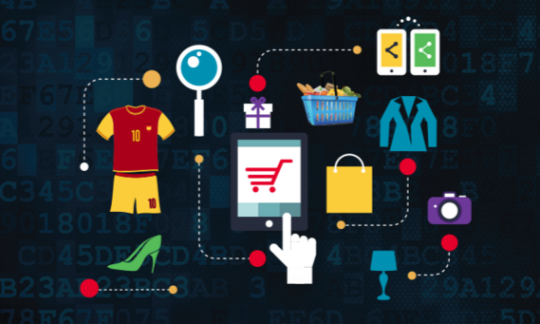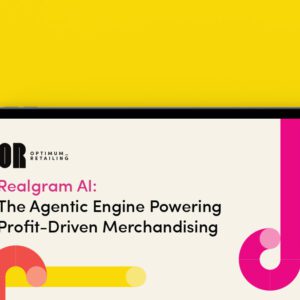By Adam Blair, Executive Editor

If you’ve spent time expanding your analytics capabilities to deal with the complexities presented by Big Data, congratulations — but don’t think you can simply rest on your laurels. The Internet of Things (IoT) is poised to provide data streams that will make Niagara Falls look like an overflowing bathtub.
For instance, the newest model of Airbus jet contains 7,000 sensors, generating a terabyte of data for every hour the plane is in operation. Just as a point of comparison, sequencing a person’s genome takes three terabytes of data.
Fortunately, Big Data tools also have been advancing. Some examples of real-world benefits from Big Data analysis include Pirelli Tires, which analyzed its trucks’ routes to determine optimal tire pressures for each trip, saving $1,500 per truck per year. And at Valdosta State University, big data helped reveal simple steps the school could take to sharply reduce the dropout rate among disadvantaged students who were usually the first in their families to attend college.
In fact, a number of Big Data solutions are becoming simpler to use even as they handle more plentiful data streams, according to Gib Bassett, Principal with the Industry Solutions Group at Oracle.
“At Oracle we see our role as commercializing analytics,” said Bassett, who was one of the presenters at Oracle’s recent “Driving Decisions in the Big Data Era” forum in New York City. “This allows less sophisticated people to participate in these processes, by removing some of the ‘mystery’ around the use of Big Data.”
Another Big Data enabler has been the expansion of cloud capabilities, which help analytics solutions handle the “sheer volume and network traffic” issues around IoT, according to Peter Jeffcock, Senior Principal Product Marketing Director for Big Data at Oracle. Enhanced cloud capabilities are also helpful in leveraging IoT for real-time analysis, Jeffcock added, such as the multiple calculations involved in optimizing when, where, and which digital coupons to send to a shopper’s phone as she’s walking through a store.
Charting The Path To Conversion
In contrast, Big Data can be used to expand less time-sensitive, more “after-the-fact” analysis. For example, Big Data tools can provide marketers with insights into which combination of channels (including direct mail, email, social, text, etc.) are optimal for each type of campaign. “By analyzing millions of path-to-conversion sequences, these tools can then identify the top 10,” Bassett explained. “Some might include only email, others might just use direct mail, others will be different combinations. We can run an attribution algorithm to determine which element gets the most ‘credit’ for each conversion that takes place.”
The analysis goes even further, linking the cost of a customer impression in each channel with its potency in order to find “the most cost-effective paths to conversion,” said Bassett. “We can find the optimal number of interactions that are needed to create the targeted number of conversions, so for example we can say with some certainty that if a customer sees a total of 15 emails, that puts the odds strongly in the marketer’s favor for a purchase to take place.”
Saving Money, Helping Students
Some real-world examples of Big Data in action shared at the event included:
- Pirelli Tires was aware that optimizing the tire pressure of its 18-wheelers would save on both fuel and the tires’ wear and tear. Pirelli analyzed each individual trip using multiple factors including the size and weight of the load, the type of vehicle and the road conditions along the route. This fine-tuning has enabled the company to save $1,500 per truck per year.
- Valdosta State University attracts a number of low-income students who are the first in their family to attend college. Unfortunately, these students tend to drop out at a higher rate than those with better preparation and support. Big Data tools that allowed the school to identify previously unknown correlations revealed that relatively simple non-academic actions, such as providing work study jobs and a subsidized meal plan, helped decrease the dropout rate among this group by 60%.
Of course, the growth of IoT means there’s still plenty of work to be done. Jeffcock noted that while IoT is getting better at sensing issues, such as a malfunctioning refrigerator, “only 8% of deployments are directly integrating this data with applications that can seamlessly address the problem” without human intervention.
In other words, the race between IoT’s information avalanche and Big Data’s analytical capabilities goes on. Keep an eye on which contestant is pulling ahead.






